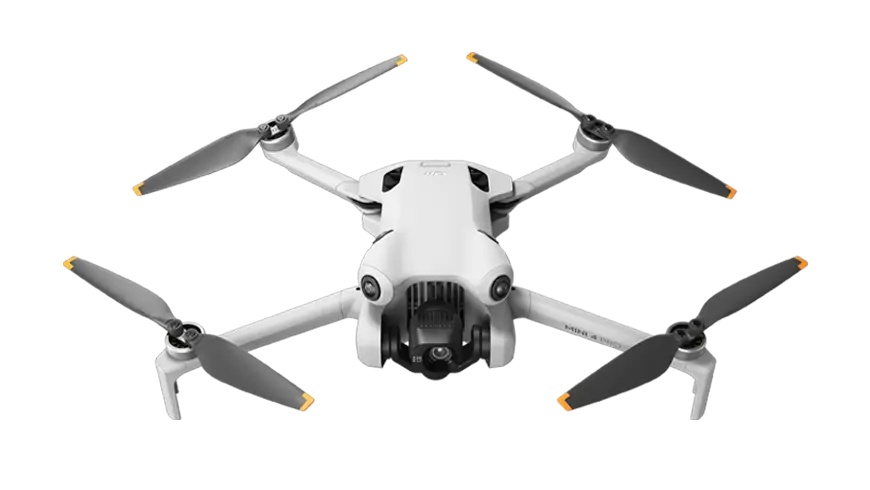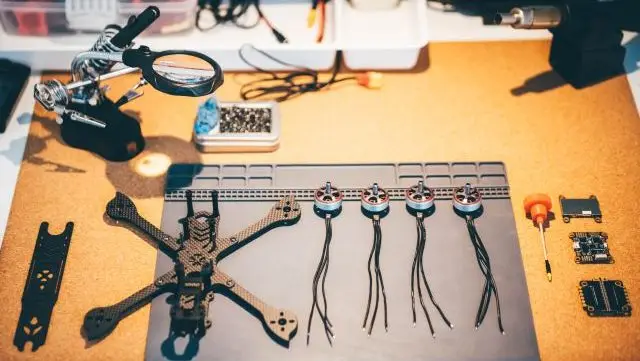Home » DJI vs. PixHawk/ArduPilot/PX4
DJI vs. PixHawk/ArduPilot/PX4
Choose a platform most suitable for your needs
DJI
- Apple-like approach:
- It works brilliantly out of the box, is very stable, and is very sleek
- However, it is valid till you want what they provide. Otherwise: “take or leave it” – limited possibility to modify anything or control anything
- DJI can suddenly delay the roadmap, which unknown anyway, or discontinue the SDK support completely
- Major changes between the SDKs. For example, MSDK v4 is so much incompatible with MSDK 5 that they even have changed the language
- Low entry barriers:
- It works out of the box
- Very polished user interface
- Designed for general public with plenty of basic user materials
- Technology:
- Everything comes as a pack for lower-costs solutions (DJI Mini, etc.) with no possibility to modernize or upgrade or tune
- However, quite a few options and sufficient for the majority of real practical applications
- Very high-quality camera, including specialized cameras (IR, etc.) and gimbals
- Longer battery lifetime
- More restrictive in terms of capabilities – only what the SDK supports or only what hardware supports in terms of external payload
- Costs:
- Low for entry type drones
- Grows very quickly when you want something extra
- Sky-high when you want something special or even practically impossible at all
- High cost of spare parts
- Special service may be required, which could be unavailable in your area. As a result – long waiting time and losses due to that
PixHawk/ArduPilot/PX4
- Full control over the system:
- Open-source software
- Often, open-source hardware
- You can modify virtually anything and fix anything if you need
- Low risk of sudden discontinuity of the system in general
- High entry barriers:
- Achieving a basic flight is not a simple task at all. Achieving a stable autonomous flight is even harder
- Requires mechanical assembly and quite a few steps with the software/firmware
- However, as soon as you go beyond that, you enjoy the freedom of tuning anything to your needs
- Technology:
- Everything must be hand-picked and selected and tested
- Lower quality cameras in general, but virtually anything can be connected
- The possibility to integrate an RFID reader or external lighting to assist the QR scanning
- Shorter battery lifetime
- Heavier and bulkier than DJI, at least, for industrial applications. But, it can be anything – smaller than the smallest DJI
- Far less sleek than DJI – a lot of wires and open parts
- You can ingress-protect it manually, unlike DJI. Either it is protected or not and no real options
- Costs:
- Low for entry type drones
- Cost grows moderately for larger or more specialized drones
- You can fix it quickly with off-the-shelf components
- You can assemble a very specialized drone tuned for your particular needs for a fraction of the cost of a comparable DJI drone. It may look much uglier as compared to the sleek DJI drone, but it will do the job – i.e., exactly what you need

